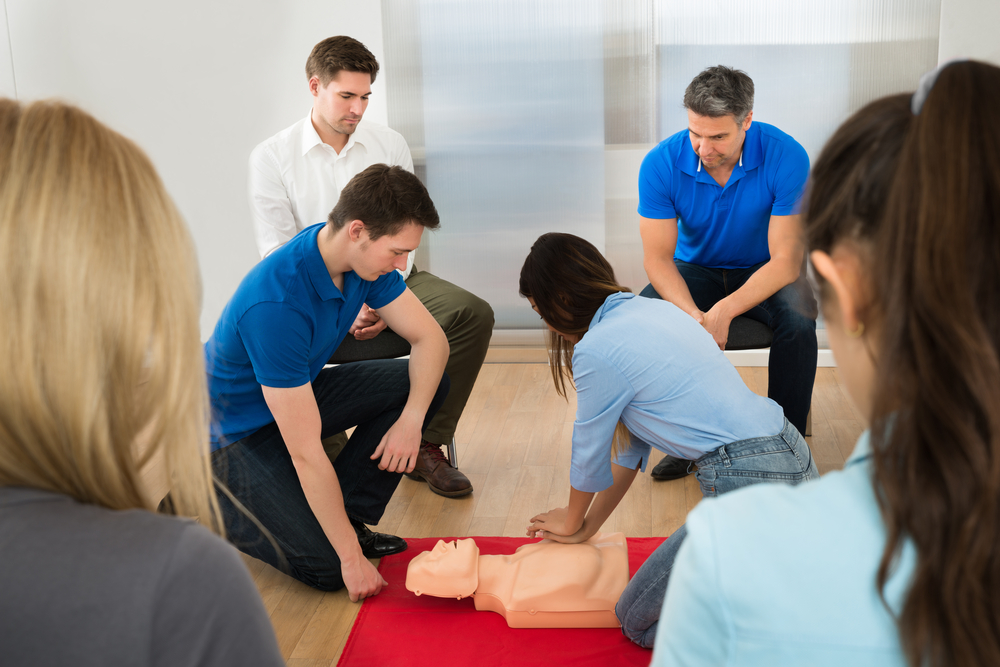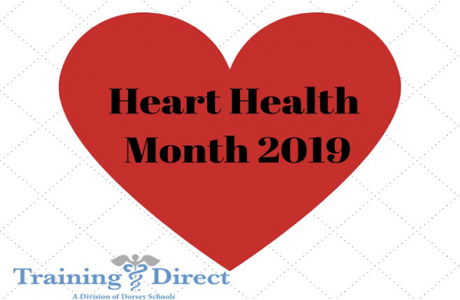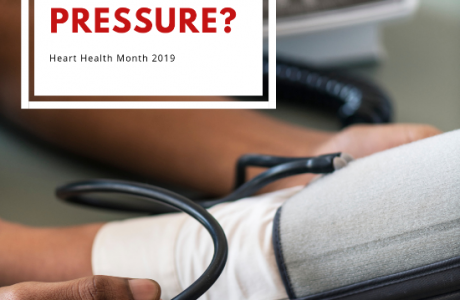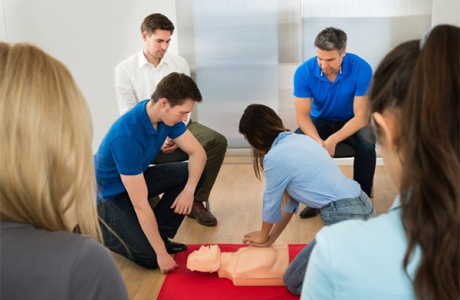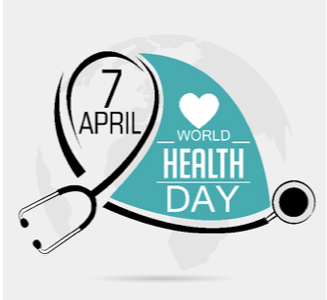
Heart Health Month is almost over, and we hope you’ve enjoyed our blogs thus far this month and will use this info in the future to contribute to your heart health as well as the heart health of others! Today, we’re talking about CPR and CPR training. Simply put, CPR can save lives, so it’s an important topic that we didn’t want to overlook in our Heart Month series.
What is CPR?
The Mayo Clinic defines CPR (Cardiopulmonary resuscitation) as a lifesaving technique useful in many emergencies, including heart attack or near drowning, in which someone’s breathing or heartbeat has stopped. a
Why Learn CPR?
 CPR is important because it helps keep oxygenated blood flowing to the brain and other vital organs until additional, more definitive medical action and treatment can be provided to restore the heart to a normal rhythm. In instances when the heart stops, a lack of oxygen to the brain can cause brain damage in a matter of minutes. In addition, without attention, someone can die within 8-10 minutes. a
CPR is important because it helps keep oxygenated blood flowing to the brain and other vital organs until additional, more definitive medical action and treatment can be provided to restore the heart to a normal rhythm. In instances when the heart stops, a lack of oxygen to the brain can cause brain damage in a matter of minutes. In addition, without attention, someone can die within 8-10 minutes. a
The American Heart Association encourages all to learn CPR. Here are some reasons why the AHA encourages other to learn CPR b:
- There are roughly 326,000 instances of cardiac arrest report annually (and this is the number of instances that happen outside of a hospital!)
- Many victims of cardiac arrest may otherwise seem healthy and present with no symptoms prior to onset or risk factors.
- Sudden cardiac arrest is not the same thing as a heart attack. An instance of sudden cardiac arrest takes place when electrical impulses inside the heart become rapid or chaotic, which causes the heart to stop beating suddenly, whereas, a heart attack occurs when the blood supply to a part of the heart muscle is blocked. A heart attack may cause cardiac arrest.
Forms of CPR Training
 CPR Training can be obtaining in a number of ways, but if you’re seeking out CPR Training/Certification, it’s important to select a program that is reputable and will provide you with the training you need.
CPR Training can be obtaining in a number of ways, but if you’re seeking out CPR Training/Certification, it’s important to select a program that is reputable and will provide you with the training you need.
CPR Training may be obtained for those pursuing a career in healthcare by way of their training program.
For those who are interested in just obtaining CPR training, the AHA provides a number of great resources for those interested in exploring different options for CPR training. In addition, there are a number of AHA approved training courses that may be available in your local community.
About Training Direct
Training Direct, located in Bridgeport, CT and Danbury, CT is committed to offering their students quality vocational training to prepare them for new careers in healthcare. Since its founding over 25 years ago, Training Direct has been committed to its mission of offering quality hands-on training and education designed to lead towards entry-level employment opportunities for those who wish to pursue a career in the healthcare field. Training Direct has helped train thousands of successful graduates who have gone on to enjoy careers as Certified Nurse Aides, Medical Billing and Coding Specialists, and Phlebotomy Technicians in the Medical field.
Training Direct operates two campuses in Connecticut:
While specific training programs will vary by campus, Training Direct offers the following:
- Nurse Aide
- Phlebotomy Technician
- Medical Billing and Coding Specialist
- Patient Care Technician
- EKG Technician
- Electronic Medical Records
Training Direct is a Division of Dorsey Schools.
About Dorsey Schools
Dorsey Schools are postsecondary institutions that provide short term comprehensive training to prepare students for promising career opportunities in various fields. Dorsey offers cosmetology training, culinary arts training, skilled trades training, and medical training programs for various allied health fields.
Today Dorsey is proudly represented by thousands of successful graduates working in their chosen careers throughout Michigan, because employers know they can feel confident hiring a Dorsey graduate.
If you’d like to learn more about Dorsey Schools, you may visit us online at www.dorsey.edu. For more information about Dorsey Schools’ graduation rates, the median debt of students who completed our programs, and other important information, please visit our website at www.dorsey.edu/disclosures.
Sources:
ahttp://www.mayoclinic.org/first-aid/first-aid-cpr/basics/art-20056600
bhttp://cpr.heart.org/AHAECC/CPRAndECC/AboutCPRFirstAid/CPRFactsAndStats/UCM_475748_CPR-Facts-and-Stats.jsp
http://cpr.heart.org/AHAECC/CPRAndECC/Training/UCM_473167_Training.jsp

